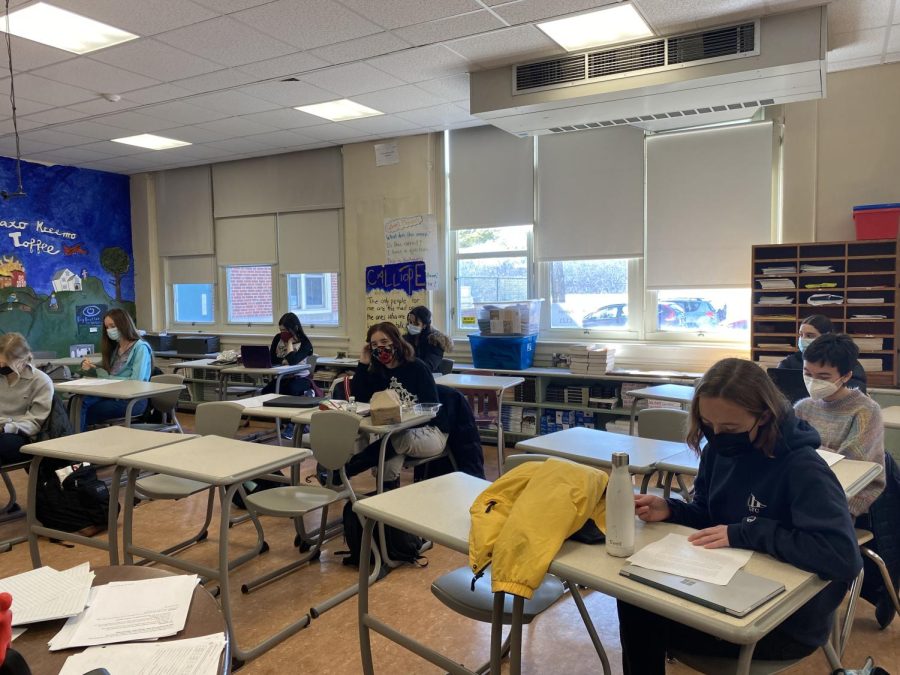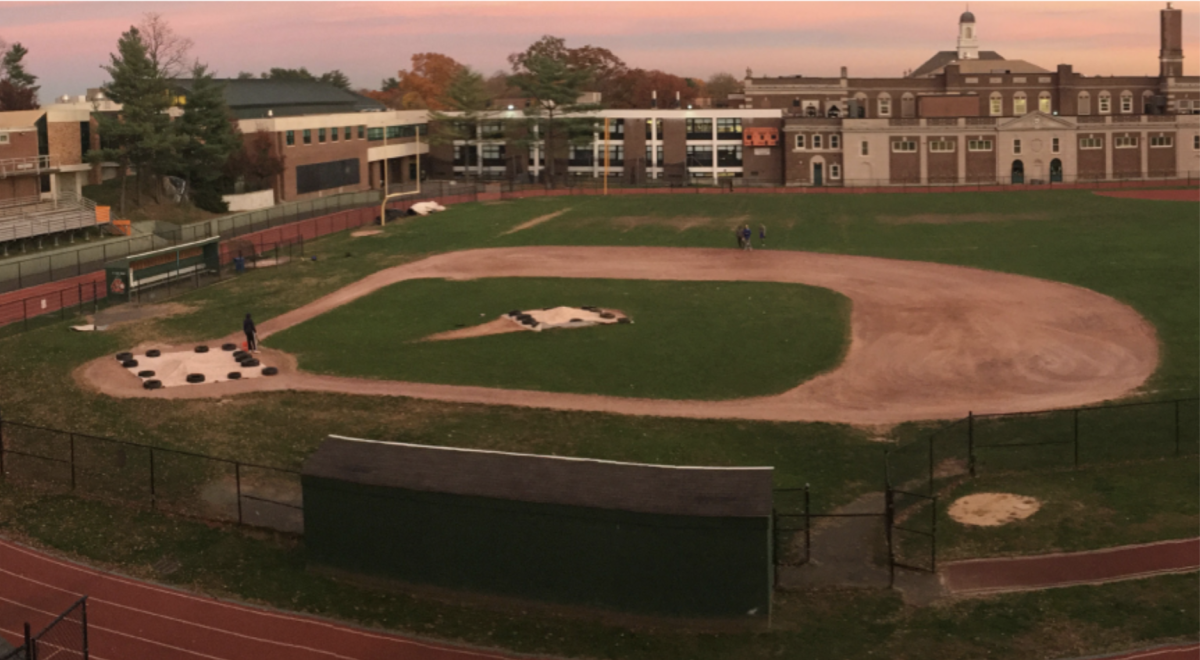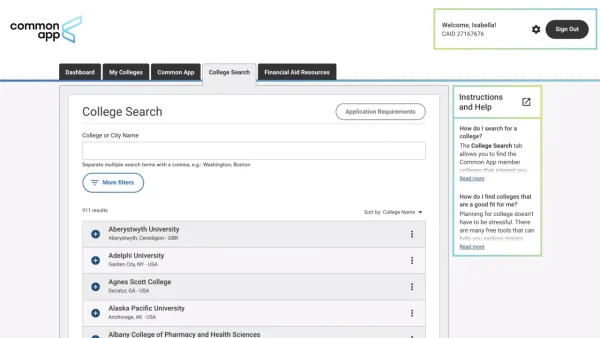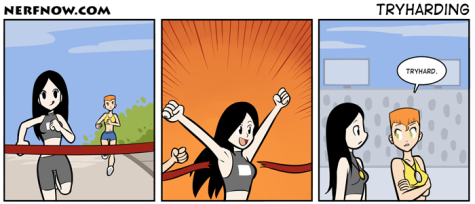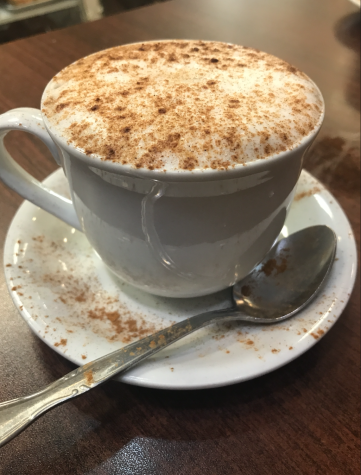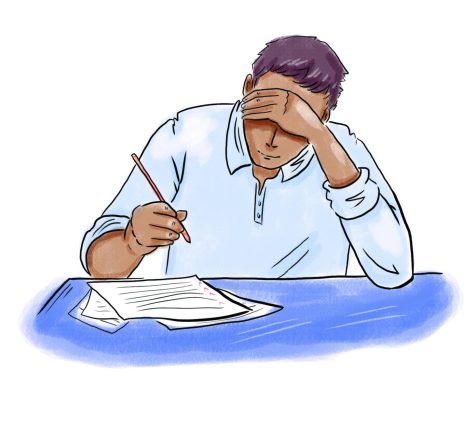Block Day Breaks
On Block Days, Students Need a Break
MHS students and faculty ponder the role of masks in school after winter break.
April 15, 2023
Every Mamaroneck High School student is familiar with the monthly occurrence of X/Y Days, altered schedules that extend each normal, fifty-four minute period to an hour and twenty-one minutes. According to MHS administration, the reasoning behind the implementation of this special schedule stems from teachers’ needs for more and lengthier time chunks in which they are able to have students do special projects, finish up or catch up on new lessons, or carry out more unique class activities, such as mock trials or presentations. However, while the reasoning behind these extended periods seems concrete, these days can be mentally taxing for students. Having to sit and process information for almost an hour and a half straight is understandably a difficult thing to do, given how unusual a challenge it is for high schoolers—periods of this length are far more characteristic of college than high school. Therefore, an extremely beneficial and plausible remedy for the steady decline of students’ motivation to learn throughout the X/Y Day would be the implementation of at least one five-minute break at some point during each X/Y period, in which students can get a drink of water, use the restroom, or take a moment to recharge on mental energy.
One of the primary reasons that students may feel restless or fatigued during a block day is the extended amount of time in which they are expected to stay sedentary, yet remain focused. During a normal school day, students must walk from class to class, often far away from each other, relatively frequently. Having this reliable time for movement keeps students active throughout the day and prevents them from staying in one spot for an extended period of time. A 2013 study from the American Academy of Pediatrics by Robert Murray, MD has shown that “adolescents who take a break [from tasks] are more attentive and perform better cognitively.” Even standing or walking around for a short amount of time can make a large difference in students’ well-being throughout the day. By allowing a break in which students can get up and walk around, talk to their friends, or take a quick walk around the floor, it ensures that they return a bit more energized and ready to learn.
Although some teachers do allow for breaks during block periods already, it is not commonplace at MHS. However, the teachers who do institute them notice a significant performance improvement after allowing for just a five-minute rest during long periods. Vincent Minotti, health teacher at MHS, has given regular breaks during block periods since the implementation of the X/Y schedule. “My original motivation was to try to motivate students to stay on task for a period of time, and then earn a little break,” says Minotti. The rest time does not need to be long, or even at a set time during the period. Rather, teachers can decide to give one whenever they feel is best. Minotti feels that the short break has shown “a positive change where students are a bit more refreshed, they’re more on task, and it’s been very beneficial.”
Block days can inhibit the engagement levels of even the most attentive students. The lengthy periods can exhaust students, combined with having to focus on one subject for almost an hour and a half. “I find that block days seem to drag on and feel longer than normal days,” says Annika Lee (‘25). “They definitely make me more tired.” Allowing for a few minutes for students to recuperate and refresh their minds for the rest of the period would help to alleviate some of this fatigue, and keep students alert and focused. They would also make the day seem more “doable,” and less daunting. “Breaks throughout the period would allow me to clear my mind for a few minutes and then be ready and more engaged to work and learn,” Lee says. Just a small respite from the constant processing of material that students must do during a block day can make a large difference in their motivation to continue the day.
Regardless of whether you like or dislike the block day rotation, it can be generally agreed upon that a short break at any point during the period would be a big relief. It would provide further incentive for students to put significant effort into their work, and would truly make the difference for those that struggle to learn during these admittedly exhausting days.



